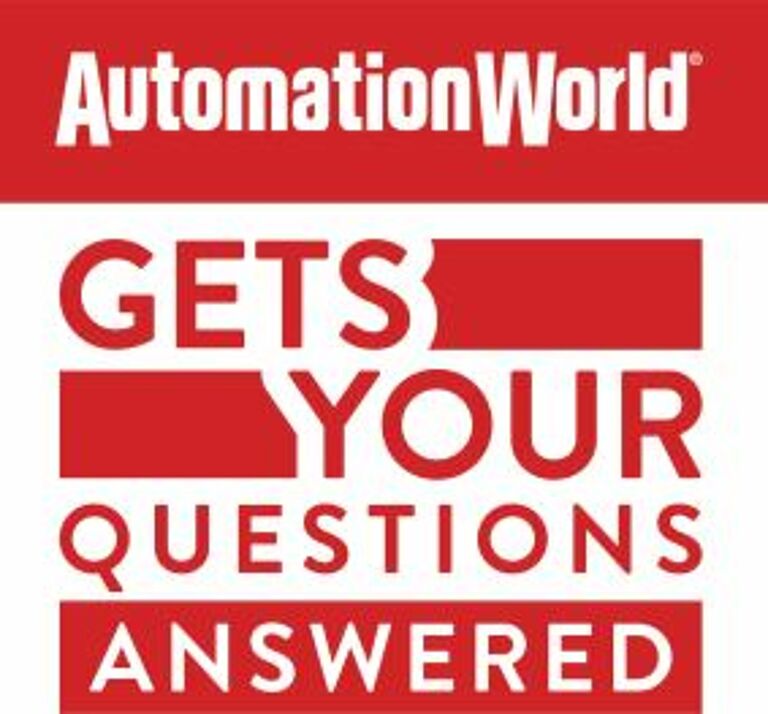What should manufacturers understand
about the new ISO robot standard?
Transcript from the podcast

David Greenfield
Welcome to the Automation World Get Your Questions Answered podcast, where we connect with industry experts to get the answers you need about industrial automation technologies. I'm David Greenfield, editor in chief at Automation World, and the question will be answering in this episode is: What should manufacturers understand about the new ISO robot standard?
Now, this new standard was just released in February of 2025, so we wanted to catch up with Devin Murray of Schmersal USA to get the latest insights on this new standard. Now, Schmersal USA is a supplier of safety switchgear devices and systems for personnel and machine protection, and Devin works in Schmersal's technical engineering services division called tec.nicum, which focuses on machine safety such as risk assessments, validations and training. So thanks for joining us again, Devin.
Devin Murray
Yes, absolutely. Thank you for having me. I am happy to be here and happy to answer some of the questions regarding ISO 10218.
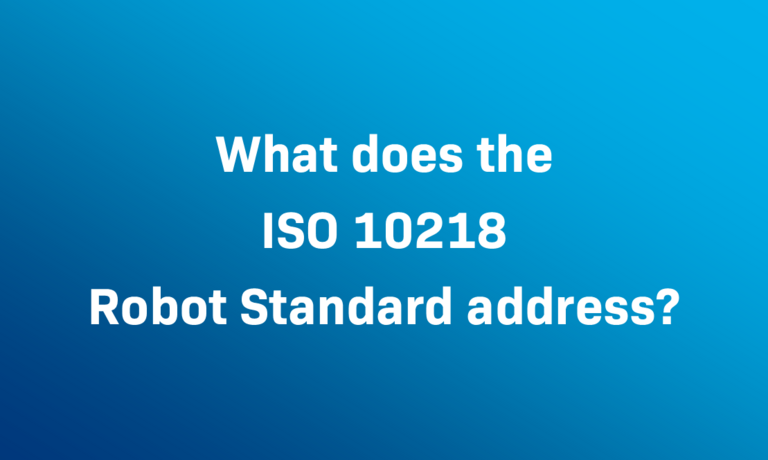
David Greenfield
Absolutely. So let's get right into it. You know what does this ISO 10218 robot standard address?
Devin Murray
Yeah. So ISO 10218 -1 and -2 are considered type C standards, which means that they provide detailed requirements for the safety of a specific machine or a group of machines, and in this case, being a type C standard, ISO 10218 provides details for safety requirements for robots and robot systems. Their focus is on their inherent safe design, the risk reduction measures, and the information for use to use the robots safely. So essentially it provides a blueprint for manufacturers and integrators to ensure a safe operation and safe integration of robots into their applications.

David Greenfield
So what's changed with this new update?
Devin Murray
There's been quite a few changes. As you mentioned, it was released earlier this year. So there's been a lot of rehaul with the standard itself. When you look at this idea of functional safety, they have expanded the coverage in importance of utilizing functional safety for robots and robot systems. There's more structure and specific information for the risk assessment process.
When you look at the manufacturer and integrator, there's now a clear defined split between the two, and looking at the different responsibilities. When you look at this idea of collaborative robots, there's been again a major rehaul on this term itself. Where now the standard looks more at the application for collaborative robots and not just the idea of a robot being, you know, used for collaborative applications.
So not just saying a collaborative robot, but looking at collaborative applications. They also went into more detail for what's considered collaborative modes. And so there's been a quite a few changes and updates with the standard, to be able to use for, again, manufacturers and integrators.
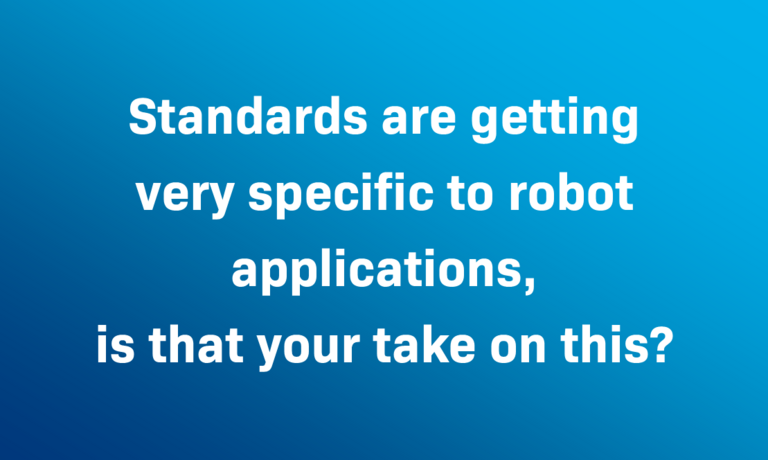
David Greenfield
It seems like to me that this is a real recognition of the growing use of robots in industry. And by that I mean the safety standards that, you know, have long existed for mechanized equipment are now getting very specific to robotic applications. Is that your take on this?
Devin Murray
Yeah for sure. So again, when we look at safety, they usually tend to maybe lag in the industry. So there's this massive updates with machines or applications. And then safety kind of follows after. Where in this case with these newer standards, you know, Yes, the robots have been in the system already. Industrial robots have been in applications for decades. But now we see this upgrade, with the standard again providing some more detailed information where it truly is more guidance. Right. Sometimes when people look at than it is, a lot of room for interpretation and not too clear.
They definitely try to make a concerted effort to make sure that this standard provide more guidance, to make sure that we're using the robots safely and within applications, and designing robots safely from the design phase at the beginning.
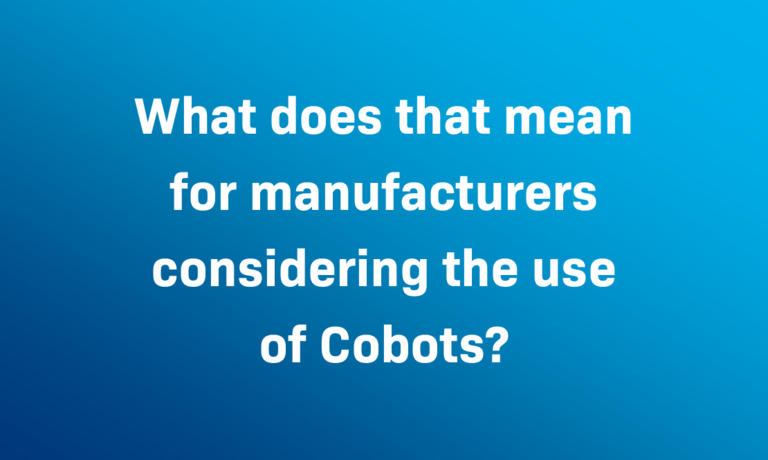
David Greenfield
You touched on this earlier in your answer, to a previous question about this new standard being very clear about not using the term collaborative robot because it says only the application using the robot can be developed, verified, and validated as a collaborative application, not just the robot itself.
So what's your take on this? You know, what does that mean for manufacturers considering the use of Cobots?
Devin Murray
Yeah. To me this was a huge step in the right direction for properly or safely using a collaborative robot or a cobot right. The term collaborative robot was often misunderstood to mean that the robot itself was inherently safe for every application.
So I saw a lot of collaborative robots being purchased and just thrown into a system, right? It's a robot that's been designed to be inherently safe. So they use it no matter the application itself, where you still have to do a risk assessment. With this new term for this collaborative application, and not just a collaborative robot, collaboration is defined by the application and not just the robot.
So this standard does push that more for an understanding. So you have robots now capable of switching between collaborative and non-collaborative modes, for example. And if it's in a non-collaborative application that robot is allowed to have higher speeds, higher forces, move larger payloads that would take them out of the realm of what's considered a collaborative robot application.
So this revised definition forces the industry to truly look at the application and not just the robot alone when trying to define and implement human and robot collaboration activities.
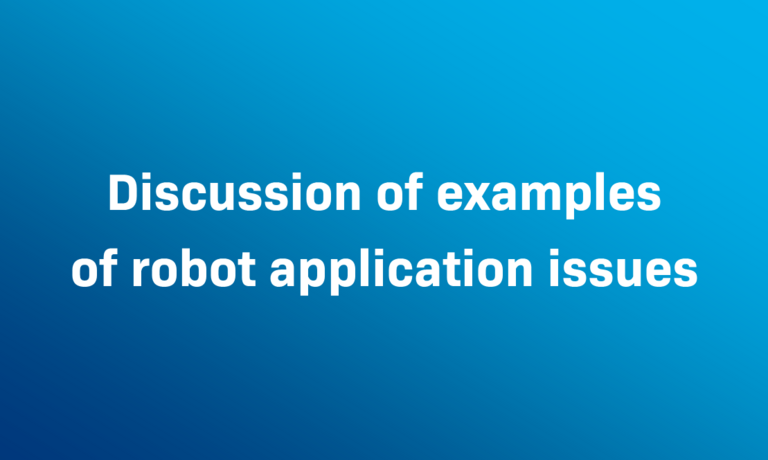
David Greenfield
Thanks for clarifying that, because I think that'll really help because I've been in sessions at conferences, you know, over the past several years where there's been a lot of discussion about the application of Cobots in different manufacturing operations.
And one of the things a lot of manufacturers using Cobots have stated is that they've run into issues with OSHA, for example. And in those situations, the robot itself was operating safely, but the end of arm tooling might have had something sharp on it, for example. And this led OSHA to consider the application unsafe. So, I assume that's why this updated standard is meant to address the application and not just the robot arm itself.
Devin Murray
Absolutely. For that main reason alone. Because you can have a collaborative robot, designed to be inherently safe. But how you use that in the actual application really defines if this can be used in the same working envelope as an operator or as a human.
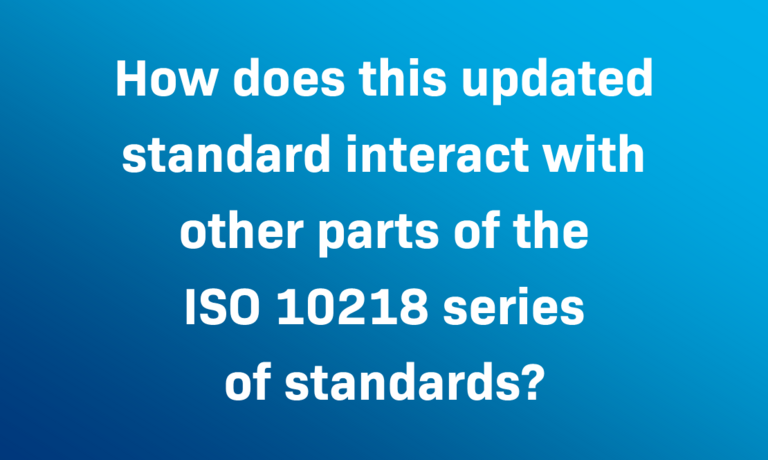
David Greenfield
So, how does this updated standard interact with other parts of the ISO 10218 series of standards?
Devin Murray
So, there are two parts for ISO 10218, a part one and part two. Part one is for the safety requirements for industrial robots and their applications, again focused on the inherent safe design and risk reduction measures. Part two looks at the integration, the commissioning, the operation and maintenance of the robot inside of a robot cell or a robot integrated into a further application. It defines the requirements for the robots themselves prior to the integration into a more complex system, which is covered under ISO 10218-2.
So, they work together. So, part one is for the design of the robot, making sure we design a safe robot. And then part two is making sure that we integrate this robot safely into this larger application or into this robot cell.
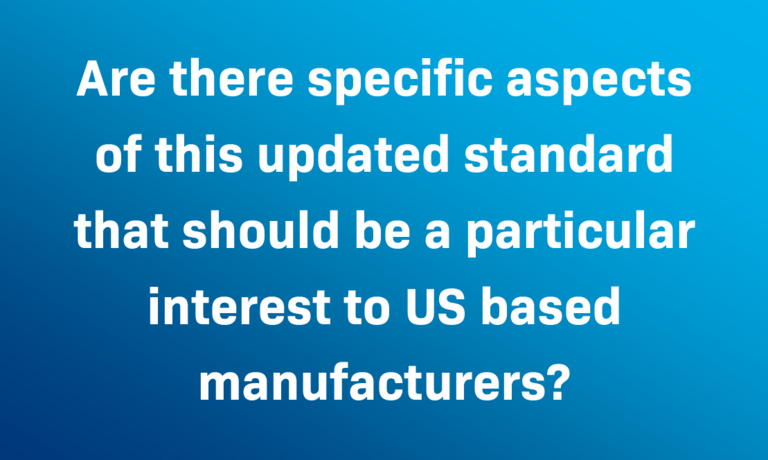
David Greenfield
Since ISO standards are international in nature, are there specific aspects of this updated standard that should be a particular interest to US based manufacturers?
Devin Murray
Honestly, all of it. So, everything that's within ISO 10218, dash one and dash two can be applied for US based manufactures. We are currently actually in the process of updating our ANSI standard, and they will be completely harmonized to ISO 10218 dash one and dash two. And so the updated ANSI robotic standard has not been released just yet.
But again it will be harmonized completely to ISO 10218. So if you know there's any US based manufacturers that want to stay ahead of the curve and start to implement some of these, newer guidances that's being applied to the robotics standards, they can utilize everything that is highlighted inside of ISO 10218 dash one and dash two.
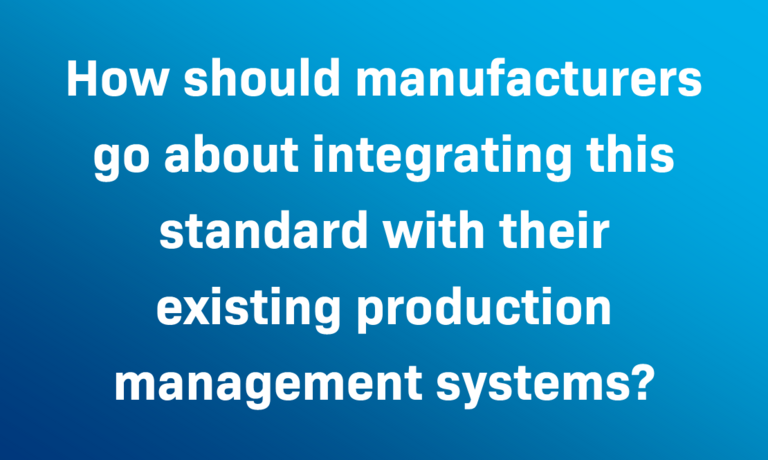
David Greenfield
So how should manufacturers go about integrating this standard with their existing production management systems?
Devin Murray
So, using ISO 10218 would allow manufacturers to blend robot safety protocols into their digital and operational workflows of a factory. Okay. So the standard will lay out the robotic requirement for risk assessment. So if they do that they'll be able to use the production management system, integrate hazard identification and risk assessments directly into that that process, that production management system process.
The standard will lay out requirements for E-stops and protective stops. Well, they can then use their PMS or their production management systems to track E-stops, but to track protective stopping, being able to monitor safeguards, monitor when operators or personnel enter restricted spaces, both physical and logical boundaries. This can help them track that and help prevent operator injuries, perhaps utilizing the production management system to map and visualize safeguard zones, send alerts when limits are exceeded or if reconfiguration occurs.
At the end of the day, protecting operators and minimizing downtime, if they wanted to take this standard and fully integrate it into their production management system.

David Greenfield
Obviously, any application using a Cobot would be relevant to this standard, but are there certain kinds of manufacturing operations you see as being critical for manufacturers to focus on with this standard?
Devin Murray
Yeah. So any robots. So for collaborative robots, there's definitely, you can use the standard. But this standard is for any industrial robot manufactured with high risk applications, robot dependent or again, the collaborative environment, should prioritize using the ISO 10218 as of now, right. Because again, that yes, there's ANSI Standards that are being harmonized.
But as we sit today, ISO 10218 again has those provisions that we will see later on. But if you look at what you have on your site and if it fulfills the definition of an industrial robot, and I will read the definition from ISO 10218, and it states that:
An industrial robot is an automatically controlled, reprogrammable, multi-purpose manipulator, programable in three or more axes, which may be either fixed or in place or mobile for an industrial automation application.
Okay, so if you go look at this machine and if it operates under a programed logic without continuous human guidance, if it’s capable of being programed with new instructions, it's not limited to a single rigid task, and it moves parts or tools with an end effector or gripper, has multiple degrees of freedom, then you have an industrial robot, and that would lead you to use this type C standard ISO 10218 to make sure that you are designing and implementing this robot safely into applications.

David Greenfield
So one last question, Devin. Why is this standard important for manufacturers? And by that I mean, you know, what benefits will they get from applying it?
Devin Murray
So applying ISO 10218, both part one and part two, offer critical benefits for manufacturers far beyond, you know, basic compliance. So basic compliance because we have to make sure that we're providing this safe working environment. So end users may request from manufacturers and integrators to follow ISO 10218. So just fulfilling that basic compliance. But again these standards are focused on the safe design and integration of industrial robots and applying these standards can greatly reduce accidents, improve productivity, strengthen their customers and regulatory standing, whether it's the end user or the machine builder.
Of course, minimizing downtime and liability for, workplace accidents could or would build a culture of safety, with clear, defined protocols. So using a standard like this, that's, consensus standard, latest and greatest requirements provide safety. And then of course, because you implementing safety correctly would ultimately increase productivity or decrease machine downtime.

David Greenfield
Well, thank you again for joining me for this podcast, Devin. And thanks, of course, to all our listeners. And please keep watching the space for more installments of Automation World Get Your Questions Answered. And remember, you can find us online at automationworld.com to stay on top of the latest Industrial Automation technology insights, trends and news.
For more on this episode of Automation World Gets Your Questions Answered podcast:
Listen to the podcast on the Automation World site (audio only)
Listen to the podcast on YouTube (with captions)
For more on Robot safety, check out our ROBOTICS Industry page
or, Contact the speaker: Devin Murray dmurray@schmersal.com

